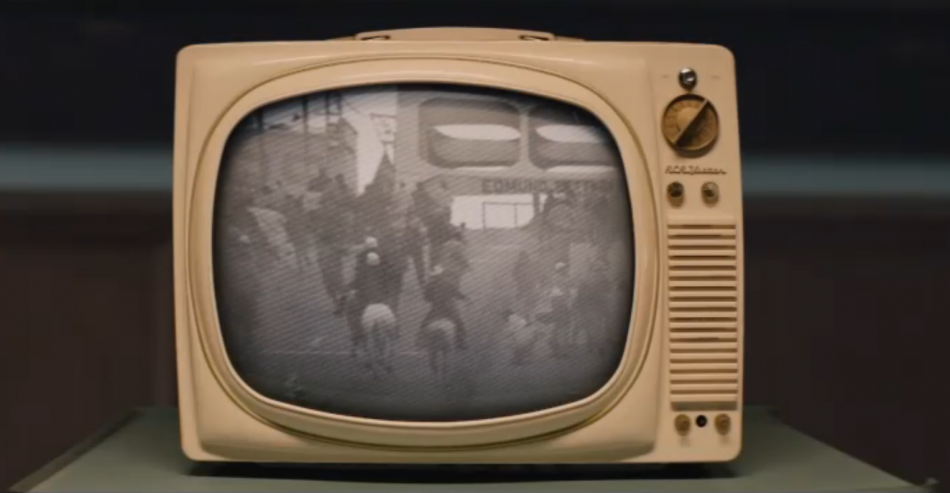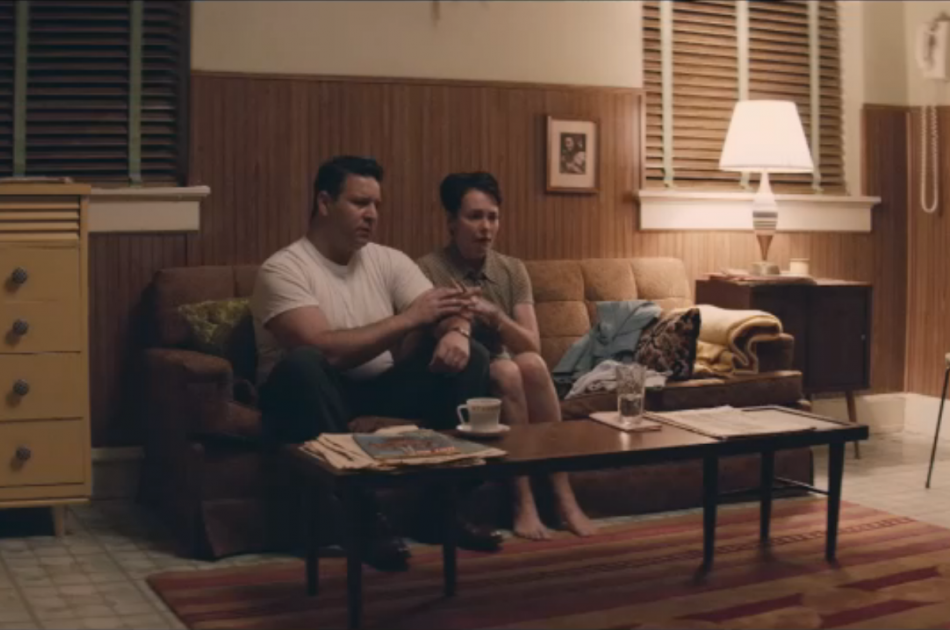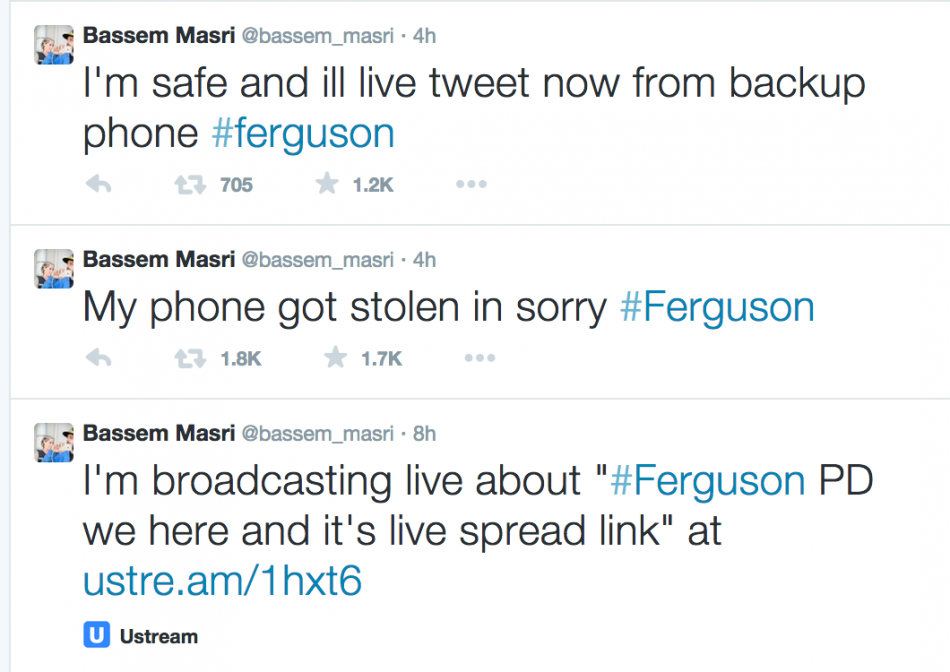
In key moments, a pen, a camera and a phone helped reshaping the world. Some scenes in Selma talk about the rising power of media in the 60’s. While the protesters start their march, a New York Times reporter hurries to a phone boot, to read a few notes to his editor.
When the protest is violently halted by the local police, the images with peaceful women and old protesters brutally beaten are transmitted, in black and white, to millions of TV screens all over America. The director insists on the reactions of white American families when they see the news from Selma, and their astonishment against the horrors rapidly transforms in compassion and solidarity.

In his office, President Lyndon B. Johnson tells his collaborators that the images are transmitted around the world. Because of those cameras, Selma is now much more than a town, and Edmund Pettus Bridge became the intersection point of two different worlds.
The second march had a totally different result, and more TV and photo cameras were there to show Martin Luther King Jr. and his supporters kneeling at the end of the bridge, as the police freed their path. The new world needed symbols, and the new media was learning how to use them.
During the protests in Ferguson, Missouri, smartphones recorded and tweeted through the tear gas, as everyone was already a reporter. But the new battle is not yet decided.

Edited by Audrey Weil

It is fascinating comparison from pencil to phone — the power of these tools to tell stories. Even more interesting is how the N Y Times reporting covering Selma is now joined on the battlefield of journalism by citizens — those who tweet and use smart phones to tell stories.
Concise and interesting as always. Nice take, Vlad.
The juxtaposition of what was a transformative way of delivering news through Television during the marches in Selma and the contemporary use of Twitter in the Ferguson protests makes this an intriguing piece. It made me wonder: What would the coverage of Selma be in this new age of social media? I guess the film and the reaction to it in the media provides us with a glimpse of that. What do you think, Vlad?